Characteristics of Surface Protective Film
2025-04-01
Surface protective films, designed to shield various surfaces from scratches, dirt, and damage, possess a diverse set of properties that make them indispensable across multiple industries.
Scratch and Abrasion Resistance
Surface protective films are engineered with materials that can withstand daily wear and tear. Polyurethane (PU) and polyester (PET) films, for example, are highly resistant to scratches. They can effectively prevent keys, sharp objects, and even sand particles from marring the underlying surface. This resistance extends the lifespan of products, such as smartphone screens, laptop displays, and automotive dashboards.
Stain and Dirt Repellence
Many surface protective films feature a special coating that repels dirt, fingerprints, and stains. Fluoropolymer - coated films are especially effective in this regard. This not only keeps the surface looking clean but also simplifies the cleaning process. For instance, in touch - screen devices, the film allows users to easily wipe away smudges with a simple cloth, maintaining the clarity of the display.
Optical Clarity
High - quality surface protective films are designed to have excellent optical clarity. They should not distort the visual appearance of the underlying surface. Films with low haze values ensure that colors are accurately represented and that images remain sharp. This is crucial for applications such as digital cameras, where any loss of clarity could affect the quality of photos and videos.
Easy Application and Removal
Surface protective films are typically designed for easy installation. They often come with an adhesive layer that allows for bubble - free application. Moreover, the films can be removed without leaving any residue behind. This is particularly important for products that may require the film to be replaced or removed after a certain period, such as product prototypes or temporary displays.
Chemical Resistance
Certain surface protective films are resistant to a variety of chemicals, including acids, alkalis, and solvents. This makes them suitable for use in industrial settings, where equipment may be exposed to harsh chemicals. For example, films on industrial control panels can protect against chemical splashes, ensuring the long - term functionality of the equipment.
Environment - Friendly
In response to growing environmental concerns, many surface protective films are now being developed with eco - friendly materials. These films are often recyclable, reducing their impact on the environment.
You Might Also Like
-
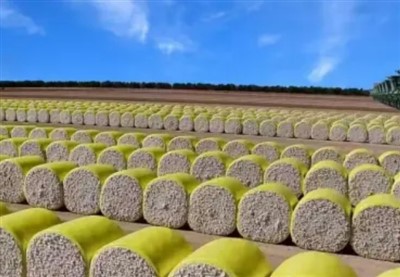
what are the advantages of cotton packaging film
-

The Advantages of Cotton Wrap Film
-
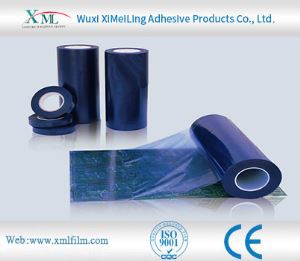
How does pe protective film cope with high temperature environment
-
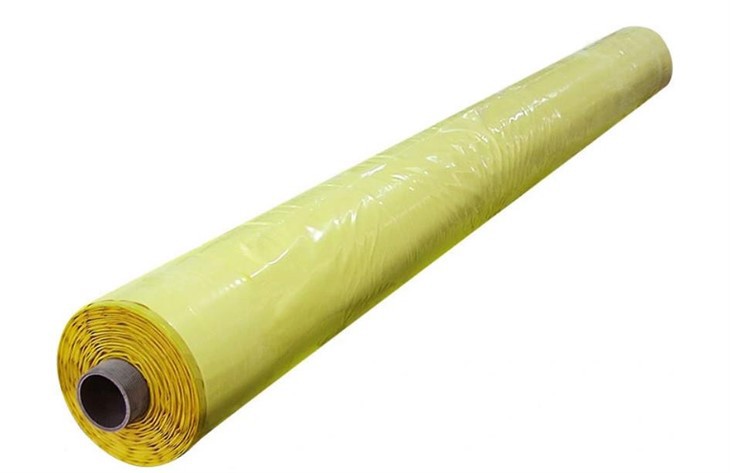
Advantages of Cotton Bale Wrap Film
-
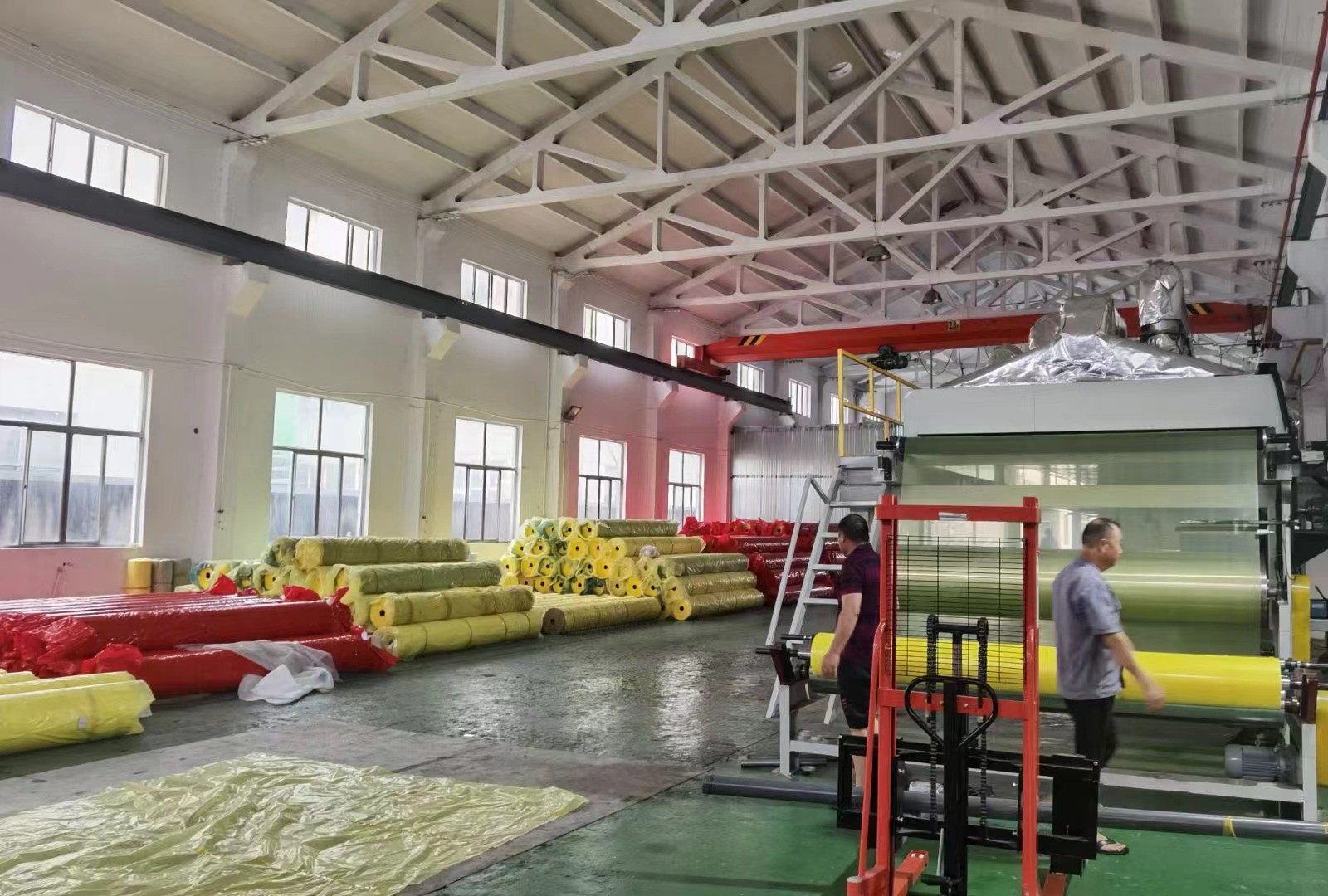
Storage method of cotton bale wrap film
-
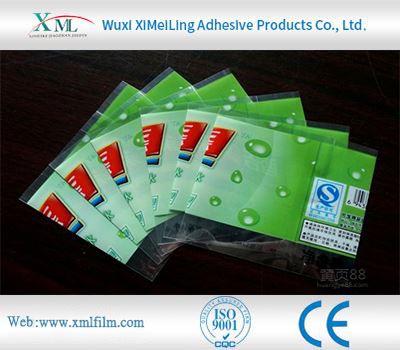
How Polyethylene Packaging Material Copes with High Temperature Environment
